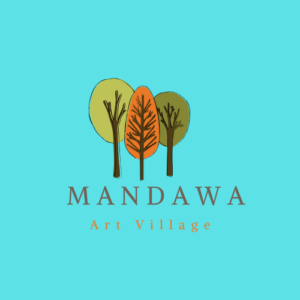Relevance of Music and Folk dance
Rajasthan has many forms of folk dances which are attractive, skillful and somewhat enjoyable by any age group. Rajasthani folk dances are popular all around the globe. Some of the Rajasthan’s traditional dance forms are very much different as only skilled person can do it. The Ghoomar dance from Udaipur and Kalbeliya dance of Jaisalmer have gained international recognition. Folk music is a vital part of Rajasthani culture. Kathputli, Bhopa, Chang, Teratali, Ghindr, Kachchhighori, Tejaji, etc. are the examples of the traditional Rajasthani culture.
Among all Rajasthani folk dances, Ghoomar, Kathputli (Puppet) and Kalbelia (Sapera or Snake Charmer) dance attracts tourists very much. Rajasthani folk dances are originated from different tribes and mainly used at past time to entertain Kings. Folk songs are commonly ballads which relate heroic deeds and love stories and religious or devotional songs known as bhajans and banis.






